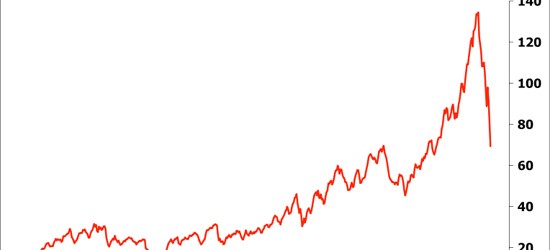Dos Don ts For Taking A ShortTerm Loan From An IRA
Post on: 16 Март, 2015 No Comment

Need money fast for a short period? Perhaps you have a family emergency. Or you’d like to take advantage of an investment opportunity.
Consider using your IRA. When money comes out of an IRA, it must within 60 days go back into a tax-advantaged retirement account — the same or a different IRA or, if allowed by your plan an account such as your 401(k).
If not, you’ll have a taxable distribution. If you’re younger than 59-1/2, a 10% early withdrawal penalty also may apply.
This time of year such a maneuver can be appealing. If you’ve got a tax refund coming, you can use that to repay your IRA loan.
That’s the 60-day rule. There’s also a 12-month rule for IRAs.
You can only do such a maneuver once every 12 months from the IRAs involved, no matter how soon you replace the money.
If you violate the 12-month rule, you’ll likely owe a 6% fine for excess IRA contributions.
The IRS can waive the 60-day rule if you provide a good reason. You might have been ill or misled by an adviser.
But the IRS does not have the authority to waive the 12-month rule, said Ed Slott, editor of the IRA Advisor newsletter. That’s true no matter how good your reason for violating the rule was.
Here’s how you can tap your IRA without triggering tax or penalties:
Keep in mind that out-and-in transactions that comply with the 60-day rule are called rollovers, even if only one IRA is involved.
After a one- or two-IRA rollover, those accounts can’t initiate a rollover in the next 12 months. But those IRAs can receive rollovers from other IRAs.
Other IRAs you have can be involved in rollovers during that period, starting a 12-month wait of their own.
Say a hypothetical Al Hill transfers $20,000 from IRA A, held in a bank account, on April 8, 2013. He uses the money to invest in collectible coins, which is not allowed in IRAs.

That starts the 60-day clock for a tax-free rollover. Suppose Hill gets a tax refund May 10 and puts $20,000 into IRA B, held at a brokerage firm.
This occurred within 60 days, so Hill owes no income tax or penalty. Tax-deferred buildup can resume inside IRA B.
Going forward, Hill cannot roll over money withdrawn from either bank IRA A or brokerage IRA B for 12 months. That blackout period starts when Hill received the rollover distribution: April 8, 2013, in this example.
Say Hill receives only a $12,000 tax refund, so he places $12,000 in IRA B on May 10. That’s a partial rollover, tax-free, but the $8,000 shortfall is a taxable distribution.
If Hill is under 59-1/2, he may also owe an $800 (10%) penalty for an early distribution.
Going forward, say that Hill takes $50,000 from brokerage IRA B on Dec. 20, 2013, and puts it in his checking account. After paying some holiday bills and receiving his annual bonus, Hill puts $50,000 into IRA C, held at a mutual fund company, on Jan. 12, 2014.
Even though this last withdrawal and IRA deposit occur well within 60 days, this is not a legitimate rollover. That’s because IRA B was involved in a rollover started April 8, 2013. IRA B can’t start a rollover within 12 months.
So this $50,000 movement of funds fails the rollover test. Hill would owe tax on a 50,000 distribution, possibly a 10% early withdrawal penalty, and perhaps a 6% excess contribution penalty.














